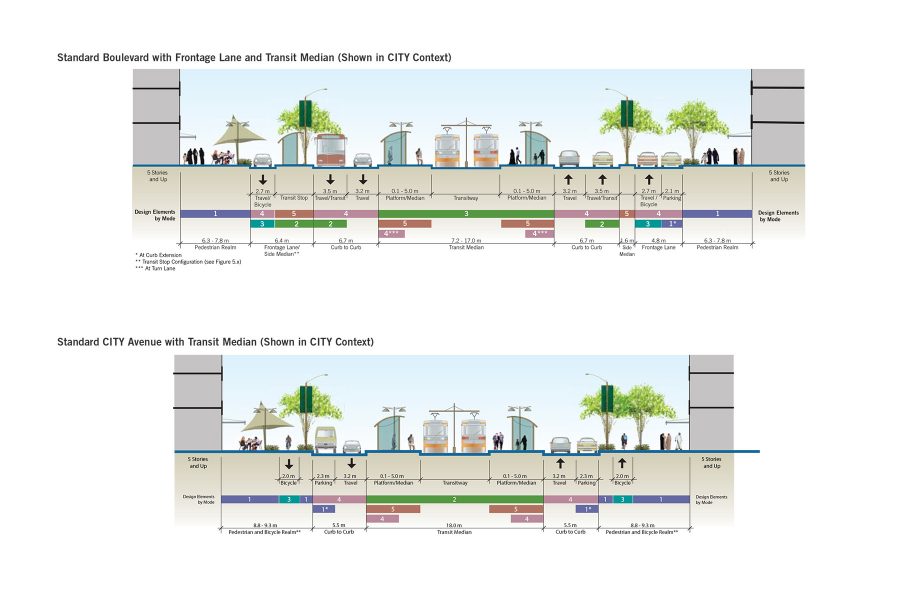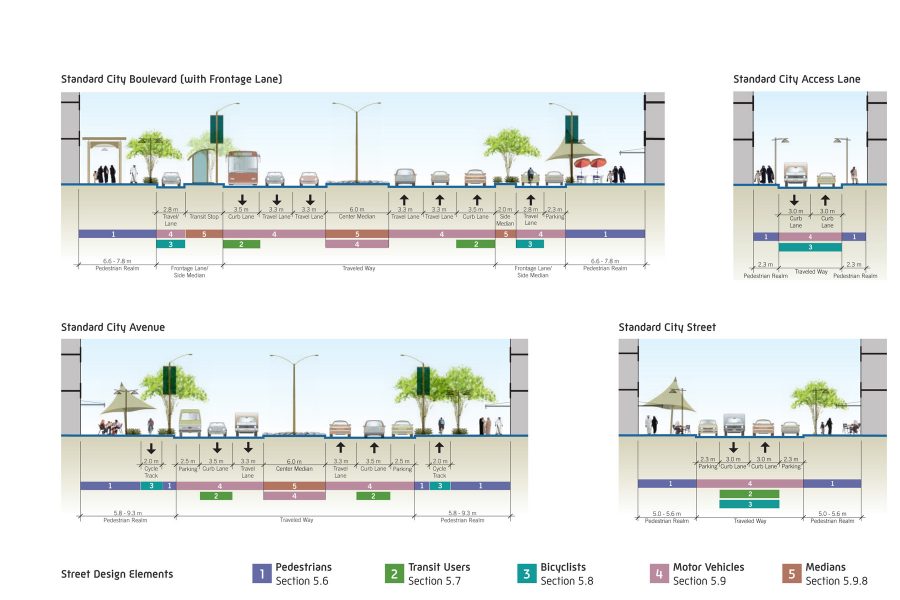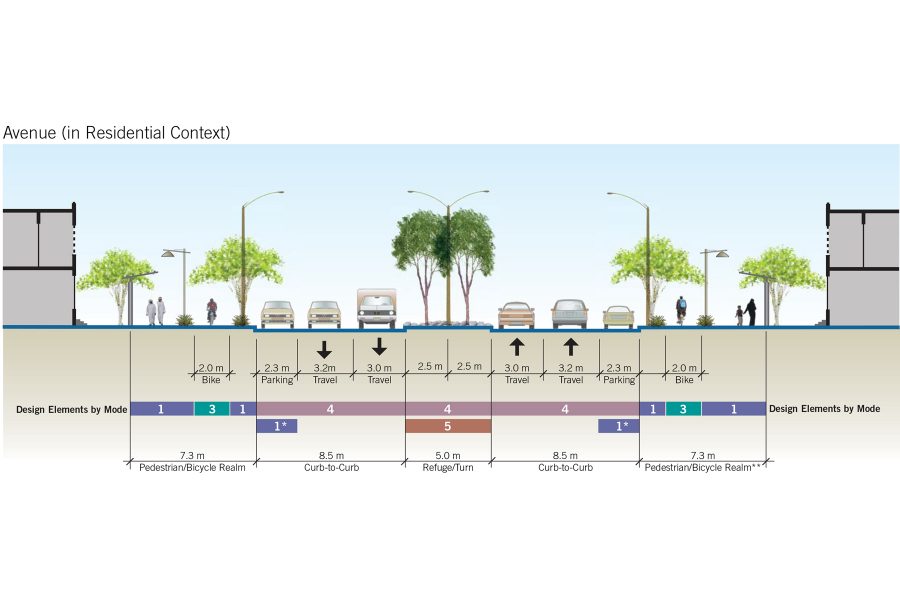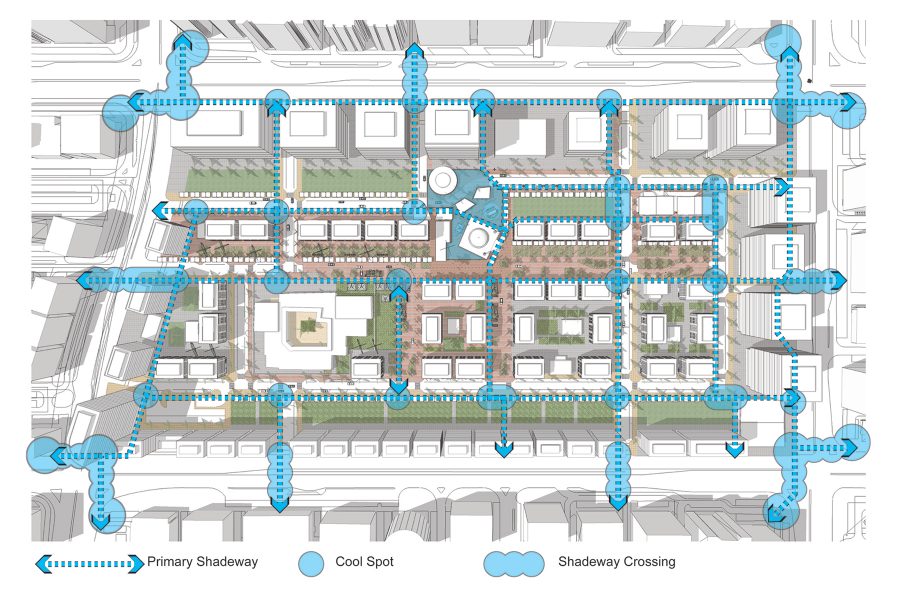Abu Dhabi Urban Street Design Manual
Abu Dhabi, United Arab Emirates





Client: Abu Dhabi Urban Planning Council
Role: Subconsultant
Project Duration: 2009
Institute of Transportation Engineers — Best Program, 2013
Key Features
- Introduces multimodal, context-sensitive streets into an auto-dominated metropolis
- Enhances pedestrian safety and connectivity with transit- and pedestrian-oriented design standards
- Integrates street trees, material choices, and other strategies to enhance sustainability
Description
The Abu Dhabi Street Design Manual was initiated to develop new street design standards that support the Emirate of Abu Dhabi’s sustainability goals and bold vision for the region’s future development for the currently auto-dominated metropolis. CD+A’s role was focused on developing transit and pedestrian-oriented urban design standards for the pedestrian realm of public rights of way. These standards employ a suite of urban design principles, including buffering and shading of the pedestrian walking areas; safe, efficient, and comfortable pedestrian connections to transit stops; separated bicycle lanes (i.e. cycle tracks); material selections aimed to minimize solar heat gain; and drought-tolerant landscaping. In addition, CD+A created a range of street section graphics and corresponding dimension tables to clearly communicate the application of many of the design standards.
CD+A also assisted in the development of the project’s signature Street Typology Matrix, leveraging the firm’s experience as the lead urban design author for the Institute of Transportation Engineers’ (ITE) recommended practice Designing Walkable Urban Thoroughfares: A Context Sensitive Approach. Based on the principles of context-sensitive design, the matrix forgoes traditional functional street classification in favor of a two-part naming convention that pairs a given street’s vehicular capacity with adjacent land use conditions. This approach allows a street’s design character to change along its alignment as appropriate relative to the surrounding land use context.
